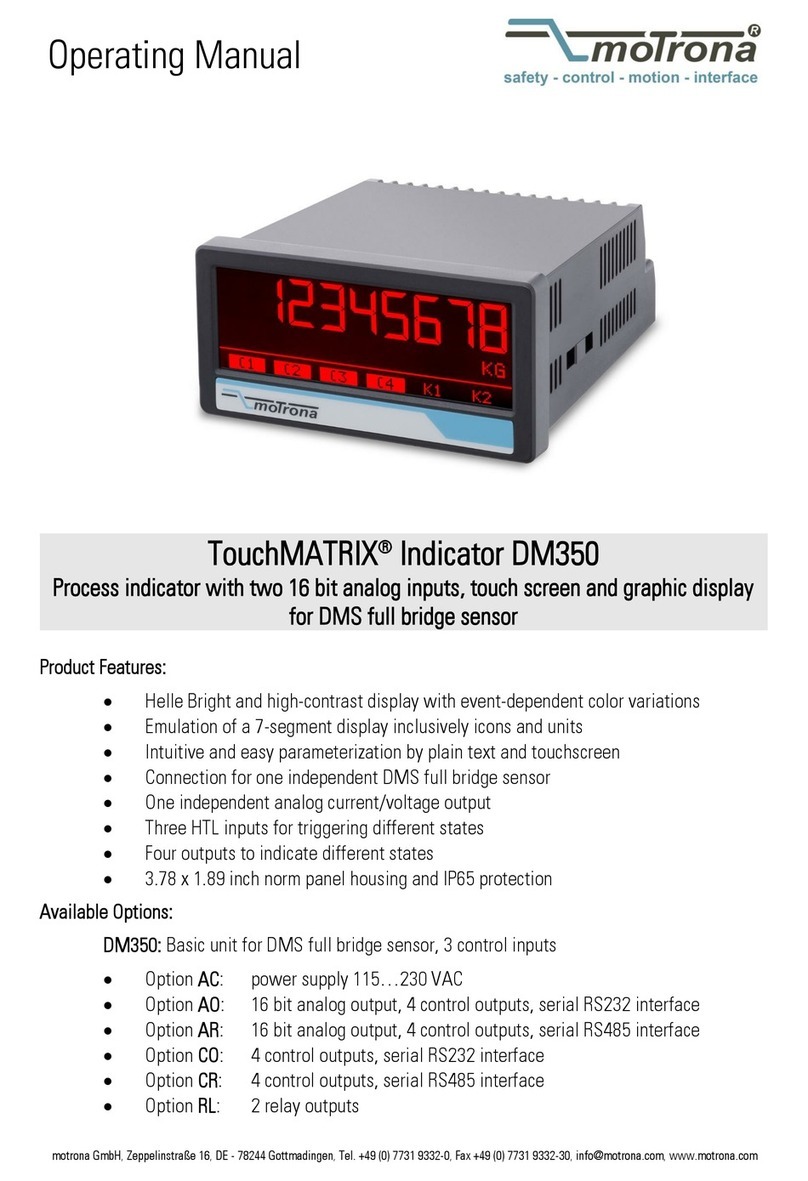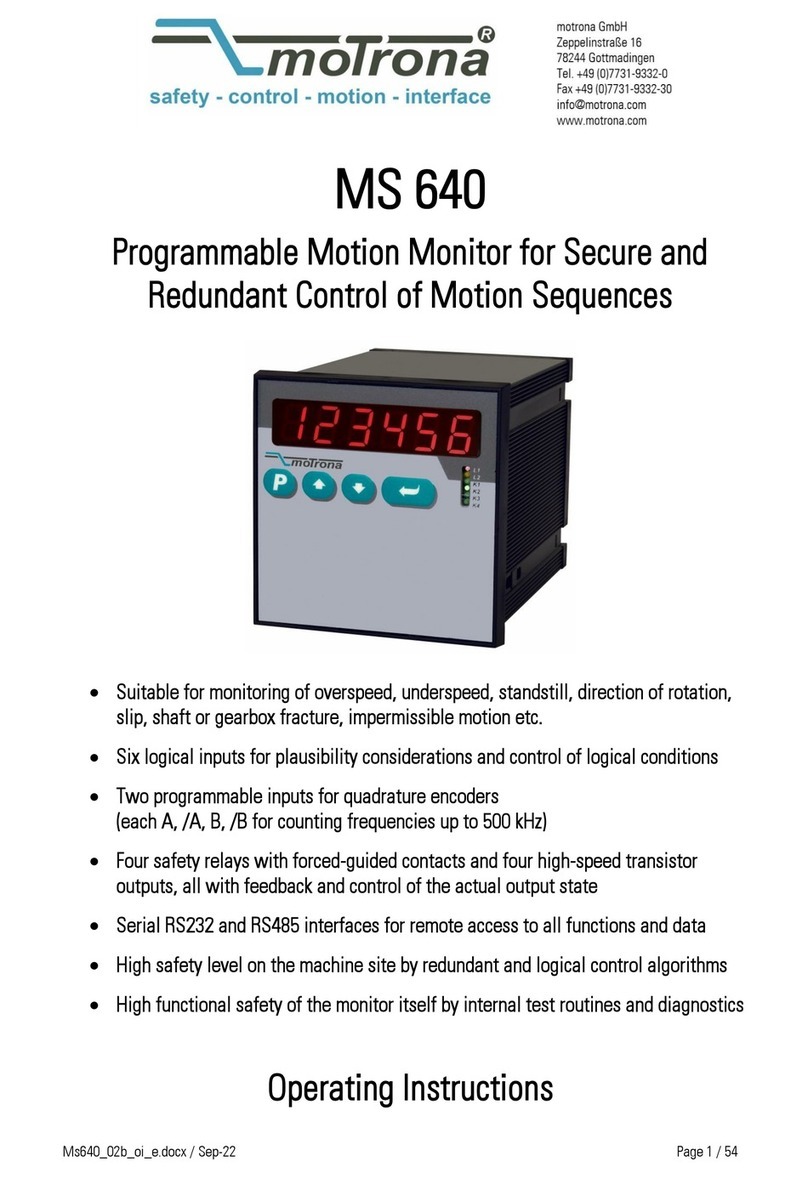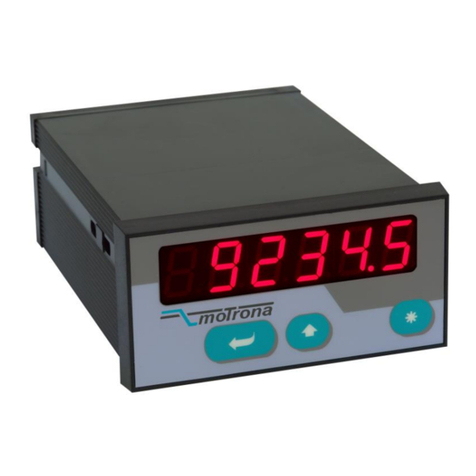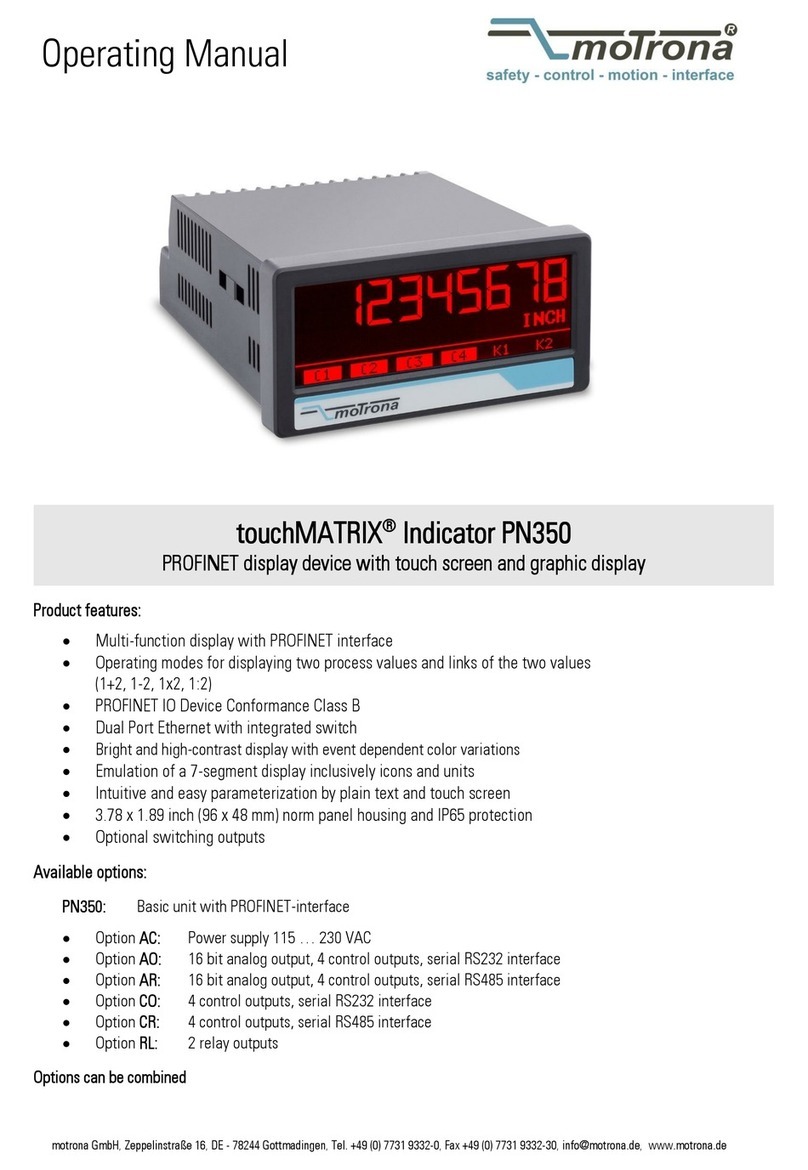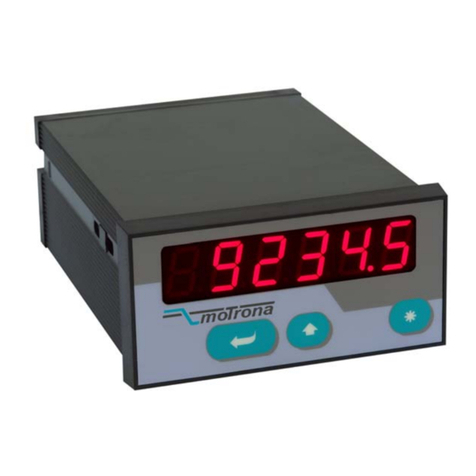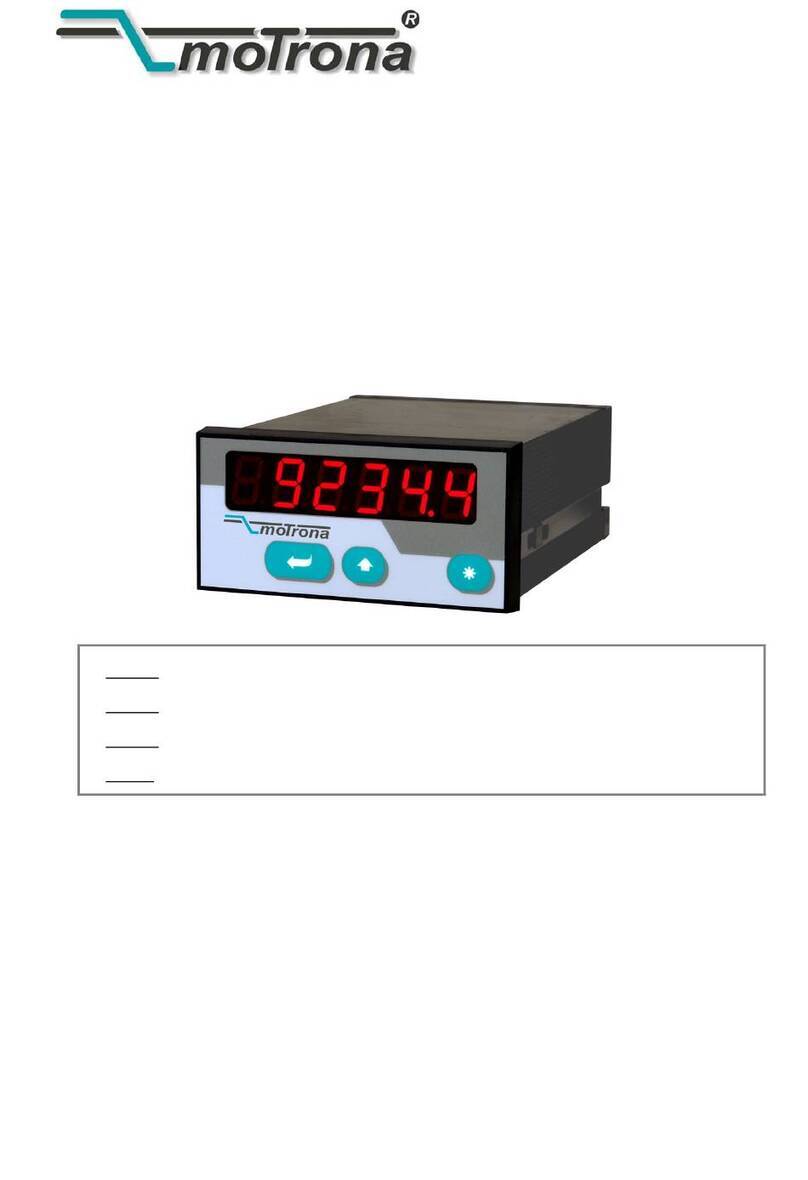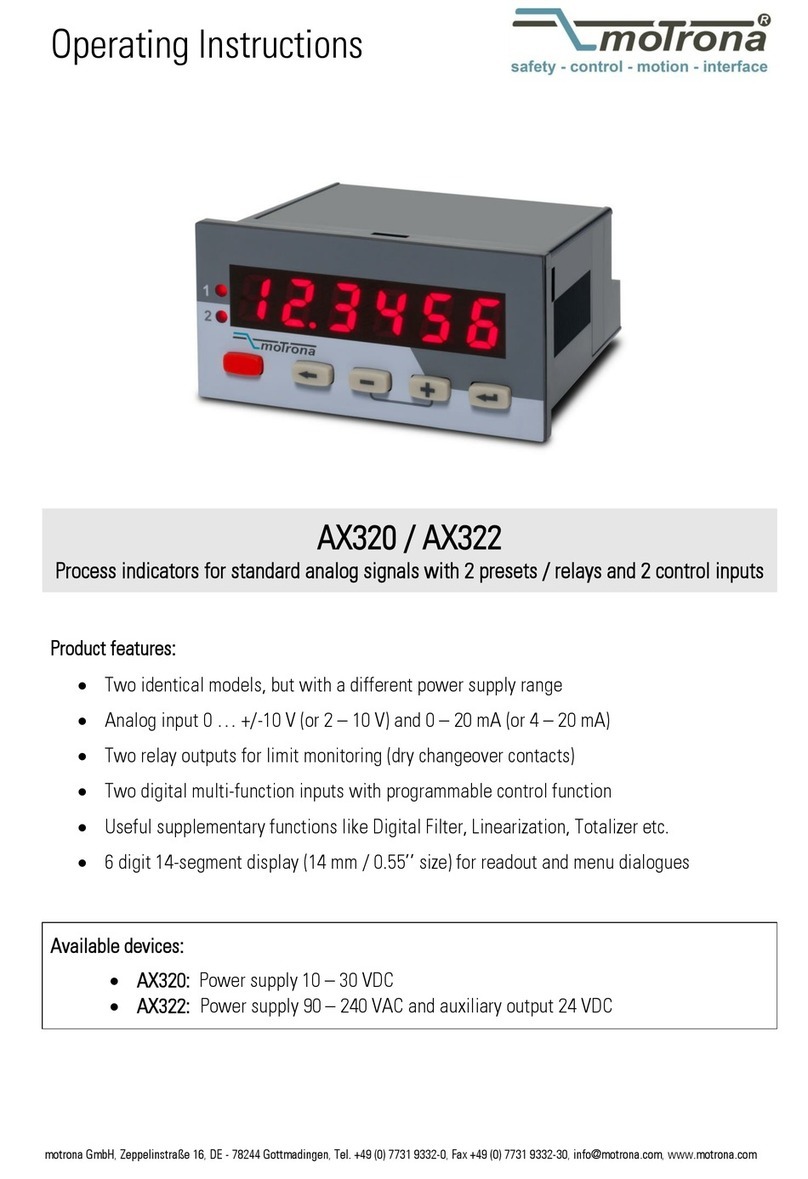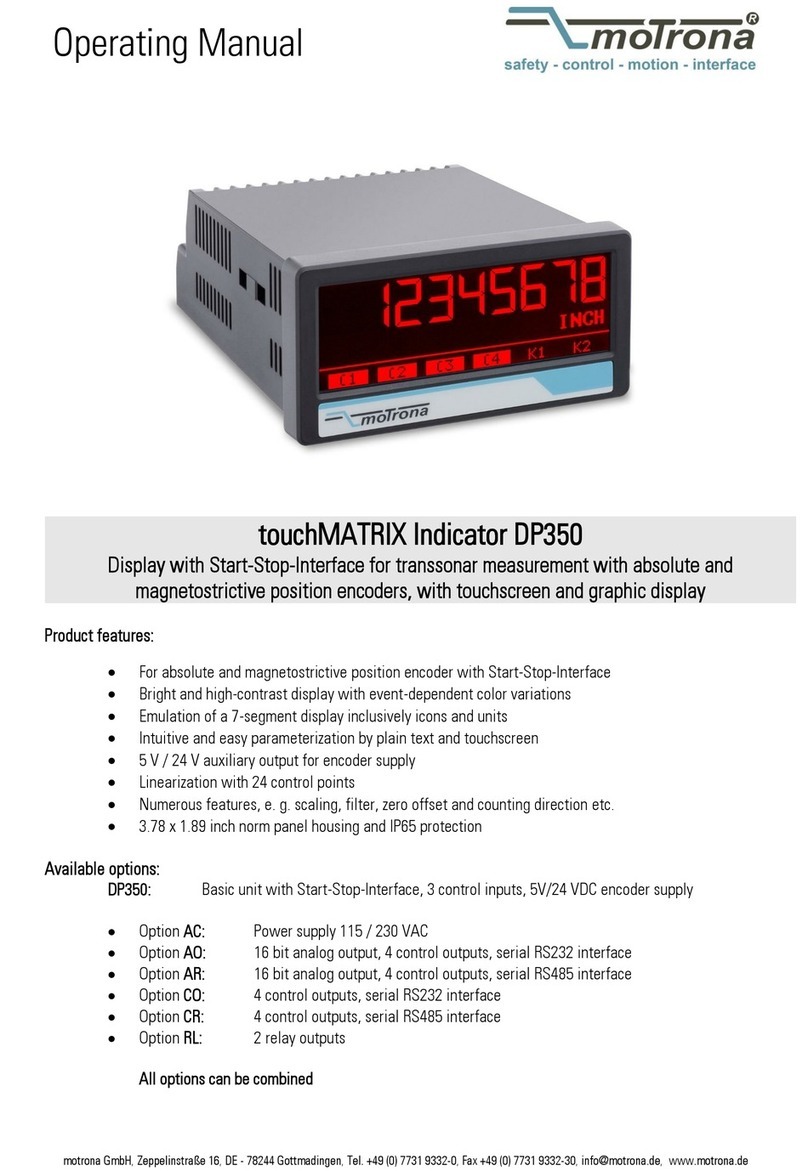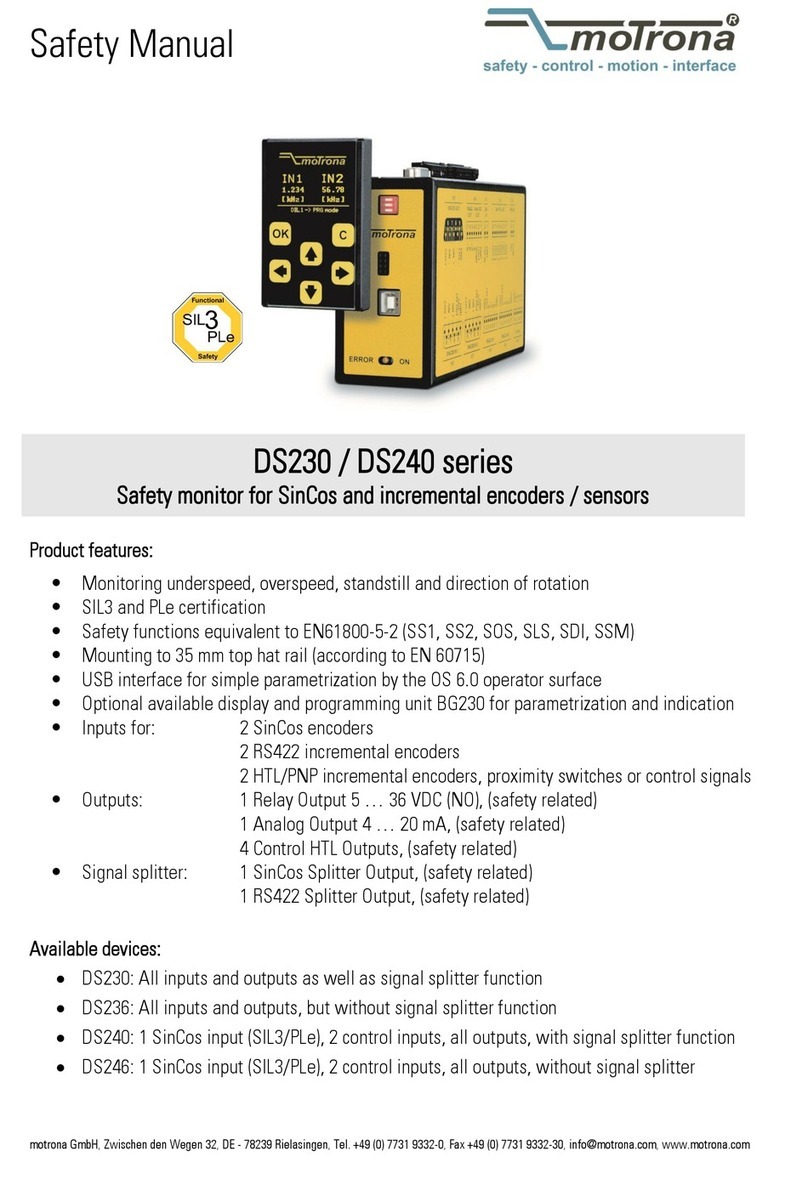
SD34002g_e.doc / Sep-13 Page 3 / 60
Table of Contents
1. Available Models................................................................................................................4
2. Introduction.........................................................................................................................6
3. Electrical Connections.........................................................................................................7
3.1. Power Supply................................................................................................................................9
3.2. Auxiliary Outputs for Encoder Supply ..........................................................................................9
3.3. Impulse Inputs for Incremental Encoders.....................................................................................9
3.4. Control Inputs Cont.1 – Cont.4.....................................................................................................9
3.5. Switching Outputs K1 – K4 ........................................................................................................10
3.6. Serial Interface ...........................................................................................................................10
3.7. Fast Analogue Output (SA models only) ....................................................................................10
4. Operating Modes of the Counter.......................................................................................11
4.1. “Single Mode” (encoder 1 only): F02.004 = 0 ............................................................................13
4.2. Dual Mode (encoder1 and encoder 2 independently): F02.004 = 1...........................................14
4.3. Sum Mode (encoder 1 + encoder 2): F02.004 = 2 ......................................................................15
4.4. Differential Mode (encoder 1 - encoder 2): F02.004 = 3............................................................16
4.5. Product of Two Speeds (encoder 1 x encoder 2): F02.004 = 4...................................................17
4.6. Ratio of two Speeds: F02.004 = 5 or 6.......................................................................................18
4.7. Percentaged Speed Difference: F02.004 = 7 or 8 ......................................................................19
5. Keypad Operation .............................................................................................................20
5.1. Normal Operation .......................................................................................................................20
5.2. General Setup Procedure............................................................................................................20
5.3. Direct Fast Access to Presets.....................................................................................................21
5.4. Change of Parameter Values on the Numeric Level..................................................................22
5.5. Code Protection against Unauthorized Keypad Access.............................................................23
5.6. Return from the Programming Levels and Time-Out Function ..................................................23
5.7. Reset all Parameters to Factory Default Values........................................................................23
6. Menu Structure and Description of Parameters ................................................................24
6.1. Summary of the Menu................................................................................................................24
6.2. Description of the Parameters ...................................................................................................27
7. Practical Examples for Setup and Scaling .........................................................................44
7.1. Settings for the Example a) of Chapter 4.1 (Speed Display) .....................................................44
7.2. Settings for the Example b) of Chapter 4.1 (Baking Time).........................................................44
7.3. Settings for Example "Differential Speed" of Chapter 4.4 ........................................................45
7.4. Example for Use of the Filter......................................................................................................46
8. Appendix for models SD/SA/SR 6xx .................................................................................47
8.1. Relay Outputs .............................................................................................................................47
8.2. Front Thumbwheel Switches......................................................................................................47
8.3. Specific Parameters for Units with Thumbwheel Switches......................................................48
9. Appendix: Serial Communication Details ..........................................................................50
9.1. Setup of the Counter by PC ........................................................................................................50
9.2. Automatic and Cyclic Data Transmission ..................................................................................51
9.3. Communication Protocol.............................................................................................................51
9.4. Serial Register Codes .................................................................................................................53
10. Specifications ...................................................................................................................58
11. Dimensions.......................................................................................................................59
